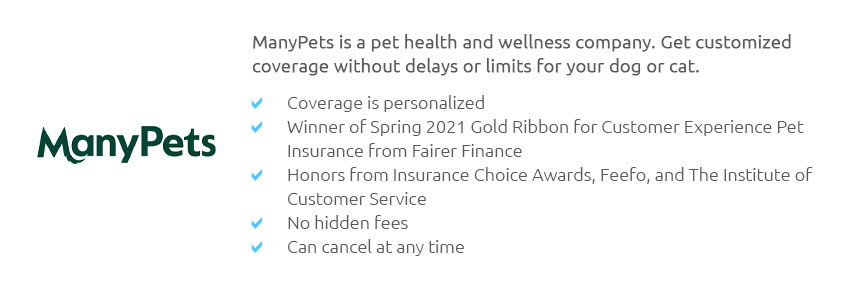 |
 |
 |
 |
 |
 |
|
 |
|
 |
|
 |
|
 |
|
 |
 |
 |
 |
 |
 |
 |
 |
Understanding Multiple Pet Insurance Coverage: An Expert GuideIn today's world, the concept of multiple pet insurance coverage is gaining traction as more pet owners realize the benefits of safeguarding their beloved animals. With the costs of veterinary care rising steadily, ensuring that your pets are covered under a comprehensive insurance plan can bring peace of mind and financial relief. But what exactly does multiple pet insurance entail, and how can you determine the best option for your furry family members? Let's delve into the intricacies of this subject. Multiple pet insurance, at its core, offers a policy that encompasses two or more pets under a single plan, often with enticing discounts that make it a financially savvy choice. This type of coverage is designed to simplify the management of pet healthcare by consolidating various individual policies into one streamlined package. By doing so, pet owners can often enjoy reduced premiums, making it an attractive proposition for families with several pets. When considering multiple pet insurance, it's crucial to weigh the pros and cons carefully. On the one hand, the economic advantages are evident, with many insurers offering discounts ranging from 5% to 10% for each additional pet. Furthermore, the convenience of managing a single policy cannot be overstated. However, it's essential to scrutinize the coverage details to ensure that each pet's unique health needs are adequately addressed. Not all policies are created equal, and some may limit the extent of coverage for specific conditions or treatments. It's also vital to consider the age and health of your pets when selecting a policy. Older pets or those with pre-existing conditions might not be eligible for full coverage, or they may face higher premiums. As such, conducting thorough research and comparing various insurance providers is imperative. Look for companies that offer customizable plans, allowing you to tailor coverage to suit each pet's requirements. Furthermore, while many insurers provide coverage for routine check-ups and preventive care, others might exclude these services, focusing instead on accident and illness coverage. This distinction is crucial for pet owners who prioritize regular veterinary visits as part of their pet's overall health strategy. As a subtle opinion, it's worth noting that opting for multiple pet insurance not only demonstrates a commitment to your pets' well-being but also reflects a forward-thinking approach to managing potential healthcare costs. In the grand scheme of things, having a solid insurance plan can be a lifesaver, ensuring that unexpected medical expenses don't become a financial burden. Frequently Asked QuestionsWhat is multiple pet insurance coverage? Multiple pet insurance coverage is a type of insurance policy that covers more than one pet under a single plan, often at a discounted rate. What are the benefits of having multiple pet insurance? The benefits include cost savings through discounts, simplified policy management, and comprehensive coverage for all your pets. Are there any drawbacks to multiple pet insurance? Potential drawbacks can include limitations on coverage for certain conditions and the possibility of higher premiums for older or pre-existing conditions. How can I choose the right insurance provider? Research various providers, compare their plans, and ensure they offer customizable options that meet your pets' specific health needs. Does multiple pet insurance cover routine check-ups? Coverage for routine check-ups varies by provider; some include preventive care, while others focus solely on accidents and illnesses. In conclusion, while multiple pet insurance coverage presents a practical solution for managing pet healthcare costs, it requires careful consideration and diligent research to ensure you are making the best choice for your furry companions. By understanding the nuances of available policies and evaluating the specific needs of your pets, you can secure a plan that offers both peace of mind and financial protection. https://www.fetchpet.com/faqs/multiple-pet-insurance-policies
Yes, you can have multiple insurance policies with Fetch. Each pet you enroll will have their own policy, and you'll pay a separate premium for each one. https://www.pawlicy.com/blog/multiple-pet-insurance/
Pet owners with more than one dog or cat can also save money by enrolling their pets under the same insurance provider. Multi-pet coverage varies from one ... https://www.progressive.com/answers/pet-insurance-for-multiple-pets/
Some insurers will allow you to add multiple pets to one policy, though most may require you to buy separate policies for each pet instead.
|